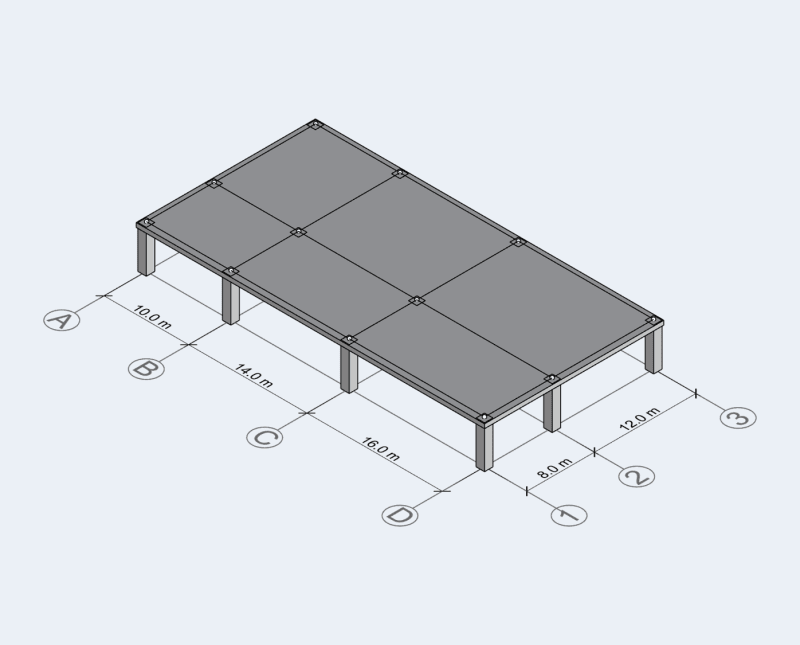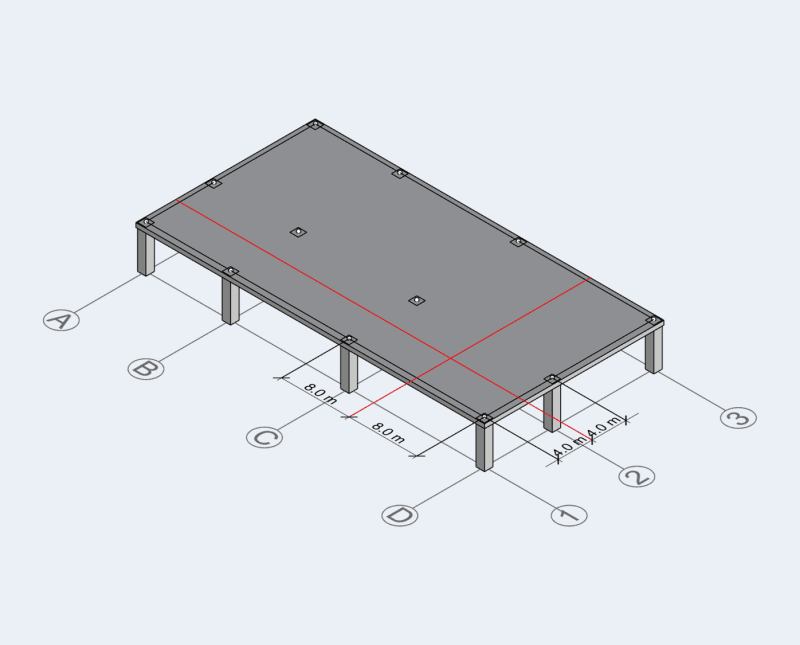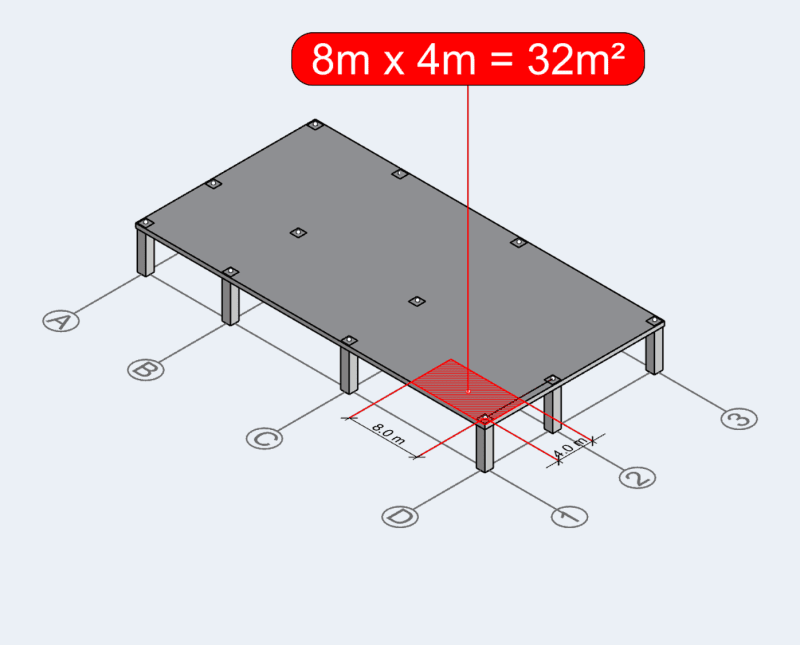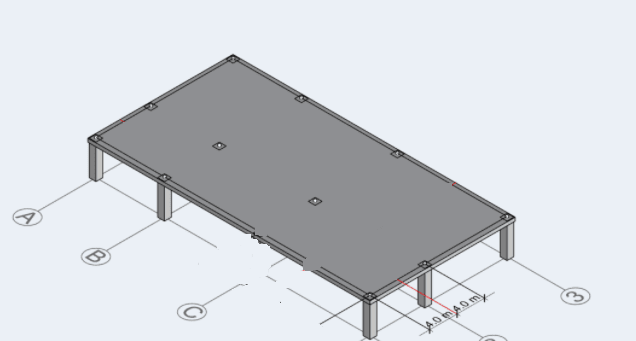tribby said:
Do you mean that in such scenario the support moments would affect the total accumulated area? Could you further explain how the mechanics around that works?
1) Tomfh seems to have explained all that pretty well while I was sleeping. Do let us know if anything remains unclear however.
2) Some other situations that can result in interesting, and perhaps spurious, results include:
a) Cantilevers.
b) Alternating long and short spans as can be the case with rack storage and isle/stall parking layouts.
In the extreme, these things can produce what would effectively be negative tributary areas (uplift).
c) As with all tools used professionally, it will incumbent upon your professional users to employ their own judgment when deciding whether or not Tribby represents valid approximation. I think that your path forward with something like this is to be user friendly in making it reasonably clear what Tribby does and does not do but, at the same time, don't go nuts with hand holding.
d) An interesting case might be the one shown below from your blog. A useful approach for your blog might be to take some of these interesting cases and run them with a true FEM program to see how they compare to your Tribby results.
tribby said:
You and a few more have suggested to implement a sequenced tributary area solver, which would allow for analysis of one-way system..
One way treatment can be surprising complex with respect to automated calculation, as you mentioned. You might take a look at RISA Floor which handles this.
Tribby said:
Is this a deal-breaker in your opinion? Tribby3d is meant for early-stage approximations - FEA would be more appropriate if exact results are needed.
What's your end game here? Is this to be a revenue generating thing used by practicing engineers? Or an exploratory tool for students etc? I think that we'll be able to do a much better job of advising you on this once we know the direction that you plan to go with it.
 Feel free to check it out or let me know if you have any comments or thoughts.
Feel free to check it out or let me know if you have any comments or thoughts.









